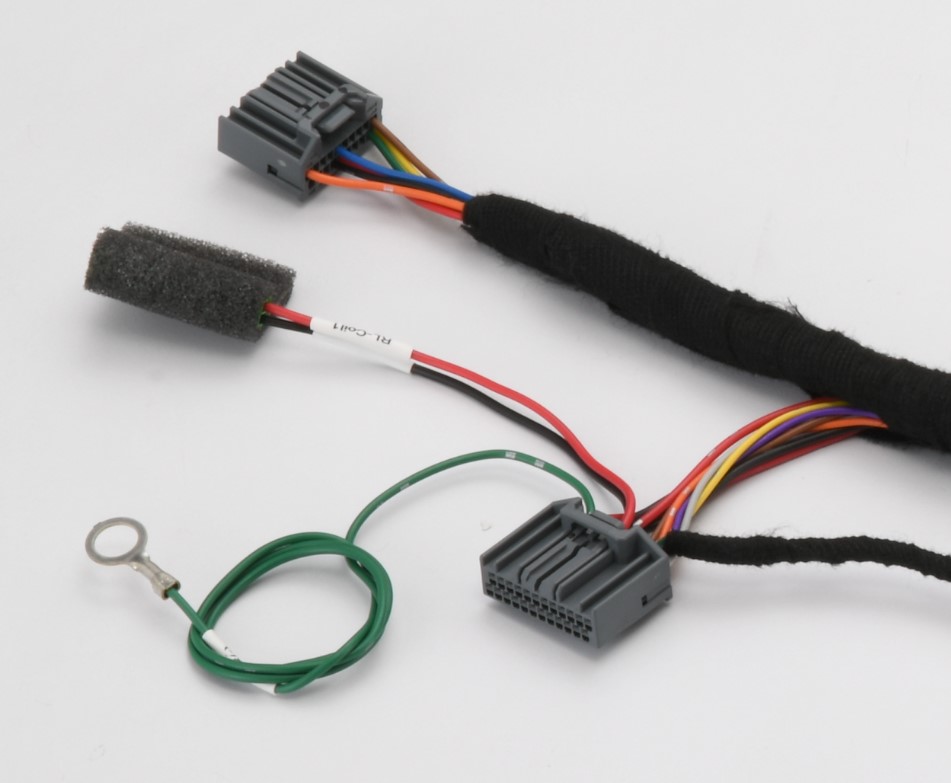In an increasingly connected and technologically demanding world, custom cable assemblies play a critical role. Whether in the automotive industry, medical technology, robotics, or energy sectors, tailored cable solutions serve as the invisible lifelines of modern systems. They not only ensure reliable transmission of data, signals, and power but also adapt seamlessly to specific environmental conditions and technical requirements.
What Are Custom Cable Assemblies?
A cable assembly refers to a pre-configured unit consisting of cables, connectors, protective insulation, and other components assembled for a specific application. The term “custom” emphasizes the individuality of the solution: Instead of using off-the-shelf products, these assemblies are developed based on customer requirements for length, material, connector type, shielding, temperature resistance, or mechanical durability. This demands close collaboration between manufacturers and end-users to define precise specifications.
Applications: From Niche to Necessity
The demand for custom cable assemblies is growing rapidly, driven by industry-specific challenges:
- Automotive Industry: Electric vehicles and autonomous driving require highly flexible, lightweight cables that withstand vibrations, heat, and electromagnetic interference.
- Medical Technology: Sterilizable, biocompatible cables for imaging devices or surgical robots must meet the highest safety standards.
- Industry 4.0: In smart factories, rugged assemblies with real-time data transmission are essential for machine communication and IoT integration.
Advantages Over Standard Solutions
- Optimal Fit: Customization eliminates space constraints and performance compromises.
- Cost Efficiency: Despite higher initial costs, tailored solutions reduce long-term maintenance and downtime.
- Future-Proofing: Flexible designs simplify the integration of emerging technologies (e.g., 5G, high-voltage applications).
The Manufacturing Process: Precision Meets Innovation
Producing custom cable assemblies involves a multi-stage process:
- Requirement Analysis: Engineers and customers jointly define electrical, mechanical, and environmental parameters.
- Prototyping: CAD software and 3D printing create physical models to test functionality.
- Material Selection: Specialty plastics, gold-plated contacts, or flame-retardant sheathing are chosen based on the application.
- Quality Assurance: Rigorous testing (e.g., flex endurance, shielding effectiveness) ensures reliability.
The Future: Sustainability and Digitalization
Modern manufacturers increasingly focus on recyclable materials and energy-efficient production methods. Simultaneously, digital tools like AI-driven design software and blockchain-based supply chains are revolutionizing the industry. These advancements make custom cable assemblies not only more powerful but also more environmentally friendly.
Conclusion
Custom cable assemblies are far more than mere connectors—they are pivotal drivers of innovation in a technologically complex world. By combining precision, flexibility, and sustainability, they continuously push the boundaries of what is possible.


No responses yet